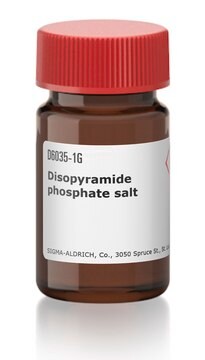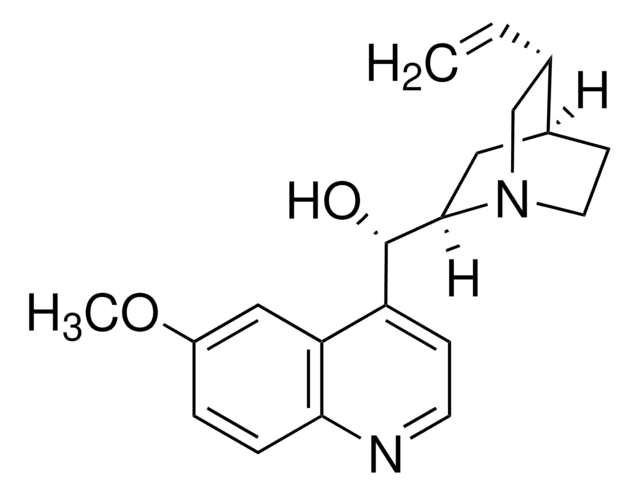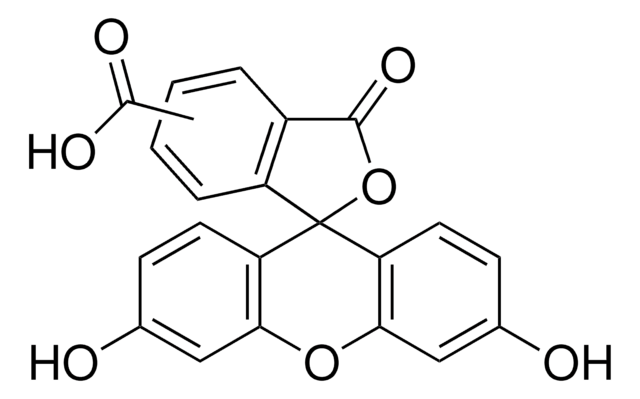F1628
Fluorescein isothiocyanate isomer I–Celite®
8.0 - 12.0% purity, powder
Synonym(s):
FITC–Celite®
About This Item
Recommended Products
product name
Fluorescein isothiocyanate isomer I–Celite®, suitable for fluorescent labeling techniques
form
powder
Quality Level
extent of labeling
8-12% FITC
color
yellow to orange
suitability
suitable for fluorescent labeling techniques
application(s)
diagnostic assay manufacturing
hematology
histology
storage temp.
2-8°C
SMILES string
Oc1ccc2c(Oc3cc(O)ccc3C24OC(=O)c5cc(ccc45)N=C=S)c1
InChI
1S/C21H11NO5S/c23-12-2-5-16-18(8-12)26-19-9-13(24)3-6-17(19)21(16)15-4-1-11(22-10-28)7-14(15)20(25)27-21/h1-9,23-24H
InChI key
MHMNJMPURVTYEJ-UHFFFAOYSA-N
Application
Legal Information
Signal Word
Danger
Hazard Statements
Precautionary Statements
Hazard Classifications
Resp. Sens. 1 - Skin Sens. 1
Storage Class Code
11 - Combustible Solids
WGK
WGK 3
Flash Point(F)
Not applicable
Flash Point(C)
Not applicable
Choose from one of the most recent versions:
Already Own This Product?
Find documentation for the products that you have recently purchased in the Document Library.
Customers Also Viewed
Our team of scientists has experience in all areas of research including Life Science, Material Science, Chemical Synthesis, Chromatography, Analytical and many others.
Contact Technical Service






